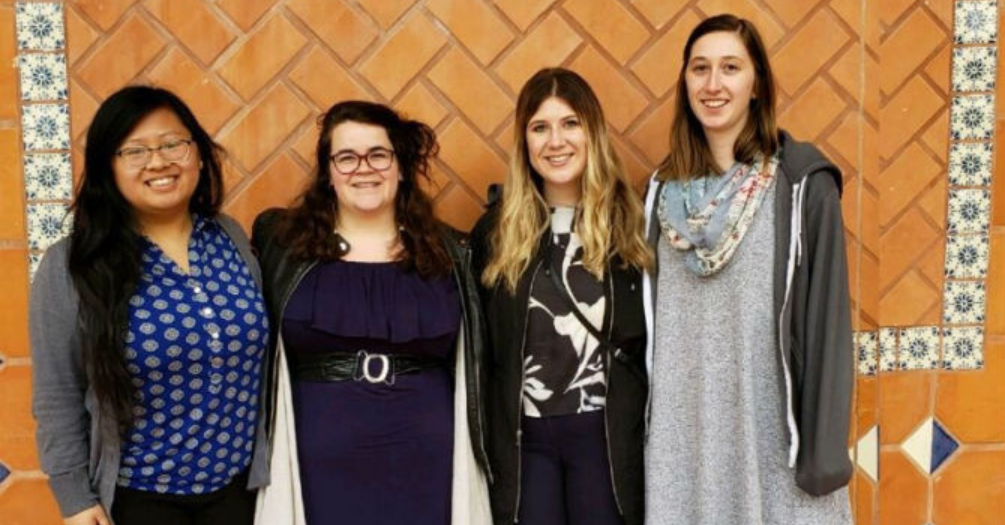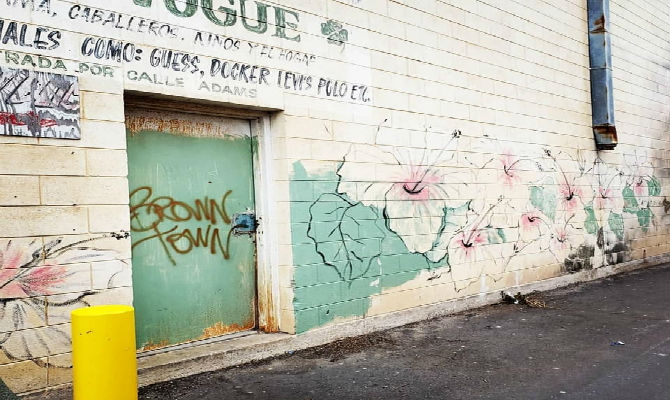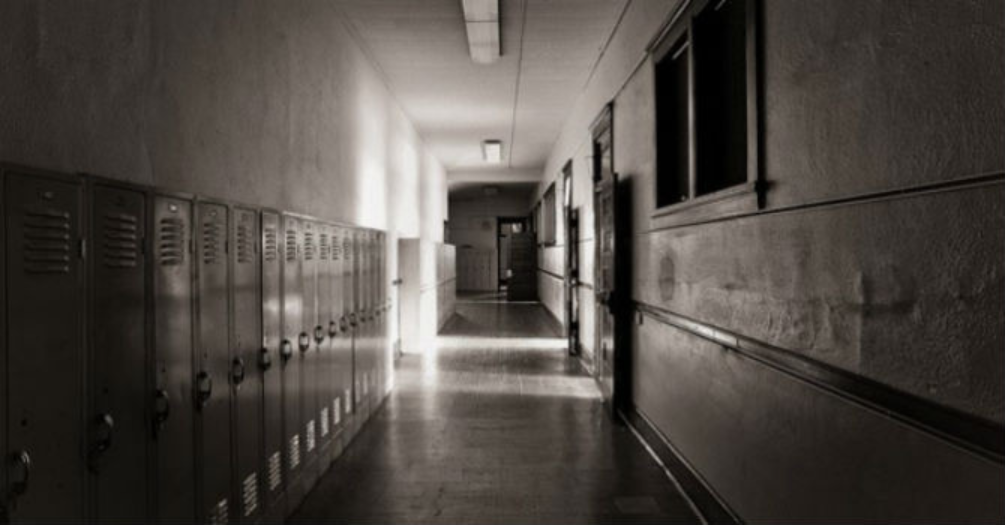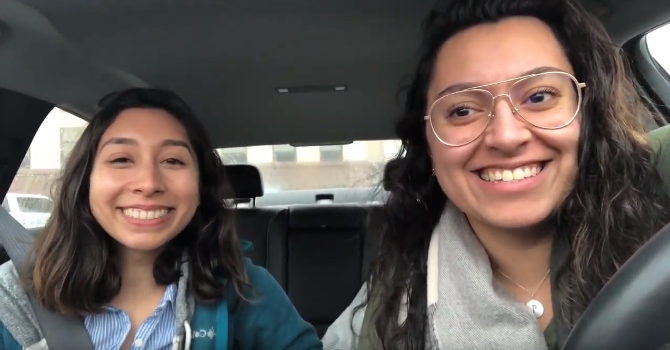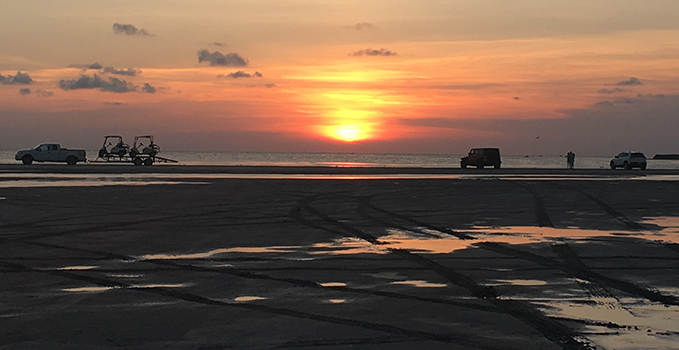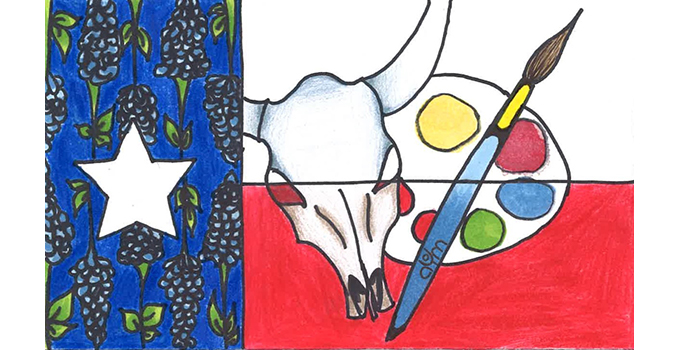The Power of Community
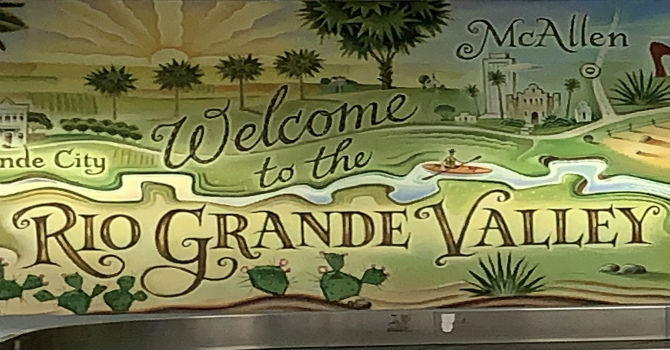
Cate Vreede, HBHE Student
April 3, 2019, Health Behavior and Health Equity, Community Partnership, Practice, Texas
Growing up, I never really considered myself to be a part of a solid, and tightknit community – it always seemed like such an abstract concept to me. Looking back, I was obviously included in some key communities such as my schools and my choir, but I never really thought about how they impacted my life outside of those very specific settings. However, my time in the Rio Grande Valley in Texas showed me what a real, concrete and passionate community can look like and the major impacts it can have on the people.
During our time in the Rio Grande Valley, we conducted semi-structed interviews with 7 individual stakeholders and 2 stakeholder groups about adolescent behavioral health in the community. The first thing that we immediately noticed during these interviews was how passionate they were about the health status of their community, especially with youth. For example, one stakeholder described their efforts to promote not only the behavioral health of the students, but also their self-esteem, empowerment, and mindset for their futures. Every community has unique barriers to their health, but they emphasized the need to enhance the strengths and passion within the community and the students themselves to best create a healthier life.
Secondly, we noticed their determination to improve adolescent behavioral health within the community. The Rio Grande Valley faces many challenges that other have, such as limited funding, generational and cultural differences, and limited resources to serve adolescents dealing with behavioral health issues. Despite these barriers, the community has still been able to partner together to make small and gradual progress to improve behavioral health supports for their youth. In almost every interview we heard how awareness around behavioral health has increased among residents, and stigma has started to decrease. In addition, they have implemented programs and bills that have started to change their mindset on how to address behavioral health and related factors, such as cyberbullying, training for educators, and youth character and skill building programs within the schools.
Learning about the strengths, efforts, and partnership-building within the community changed my entire perspective on what it truly means to be a part of a community. Although no community is perfect and they have their fair share of challenges when addressing behavioral health, they also demonstrated how they have the passion, resiliency, and determination to take any step they can to help their youth live better and healthier lives.

